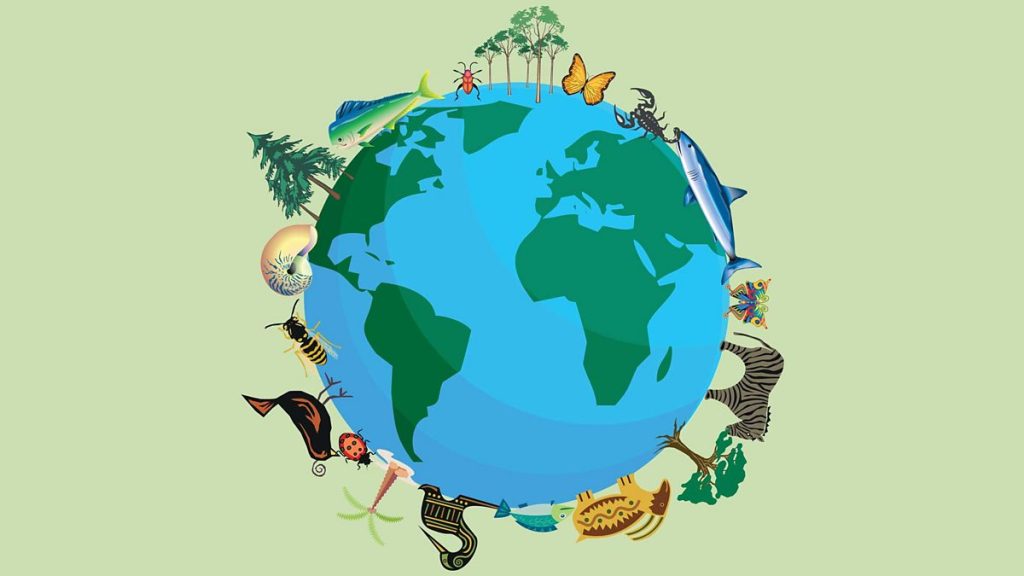
Availability of essential materials
1. Food: Fruits, vegetables, grains, dairy products, meat, and fish
2. Clothing: Cotton, wool, silk, hemp, bamboo, and other plant-based fabrics
3. Medicines: Natural herbs, plants, and minerals
4. Energy: Water, wind, solar, and other renewable energy sources
5. Building materials: Bamboo, wood, stone, clay, and other natural materials.
Ecological services
1. Pollination: Pollinators like bees, butterflies, moths, bats, and birds transfer pollen from one plant to another, enabling plants to reproduce and form fruits, vegetables and other food sources.
2. Pest Control: Natural predators like bats, birds, and reptiles help to keep insect and rodent populations in check, reducing the need for chemical pesticides and resulting in a healthier environment.
3. Climate Regulation: Plants absorb carbon dioxide and release oxygen, helping to regulate the climate by removing harmful gases from the atmosphere.
4. Soil Fertility: Biodiversity helps to keep soil healthy by increasing the number of beneficial organisms that help to break down organic matter and add essential nutrients to the soil.
5. Water Quality: Wetlands, rivers and other water sources are home to a variety of species that help to filter and clean the water, maintaining water quality.
6. Crop Production: Biodiversity increases the number of beneficial organisms that can help to increase crop yields.
Cultural services are:
1. Traditional knowledge: Traditional knowledge comprises the unique cultural, spiritual, and aesthetic values associated with biodiversity, including stories, songs, and art that are passed down through generations.
2. Ecological functions: Cultural services can also refer to how human activities help to manage and maintain ecosystems, such as fire management, land-use practices, and pest control.
3. Sense of place: Cultural services also refer to how people attach spiritual, cultural, and emotional value to the land and its biodiversity. This can include how people think of and interact with the landscape, and how the landscape contributes to their identity.
4. Education and recreation: Cultural services can include educational and recreational activities that people engage in to learn about and appreciate nature, such as bird watching, hiking, and camping.
5. Spiritual services: These are services related to the spiritual values that people attach to nature, including spiritual ceremonies and rituals.
Biodiversity Auxillary services are:
1. Pollination: Pollinators, such as bees and butterflies, are important for the production of fruit and seeds.
2. Natural Pest Control: Biodiversity can provide natural pest control. Predators, parasites, and pathogens can keep pests in check.
3. Soil Formation: Soil formation involves processes such as mineralization, decomposition, and nutrient cycling, which are all mediated by microorganisms and other organisms.
4. Climate Regulation: Biodiversity can play an important role in climate regulation by providing shade and helping to retain moisture in the air.
5. Water Cycling: Biodiversity helps with water cycling by increasing evaporation and transpiration, which can help to reduce flooding and drought.
6. Waste Treatment: Biodiversity can help to breakdown and treat waste, such as sewage, which can help to reduce water pollution.
7. Cultural Services: Biodiversity can also provide cultural services, such as aesthetic value and spiritual importance.
Biodiversity,Pollination,cycling,
